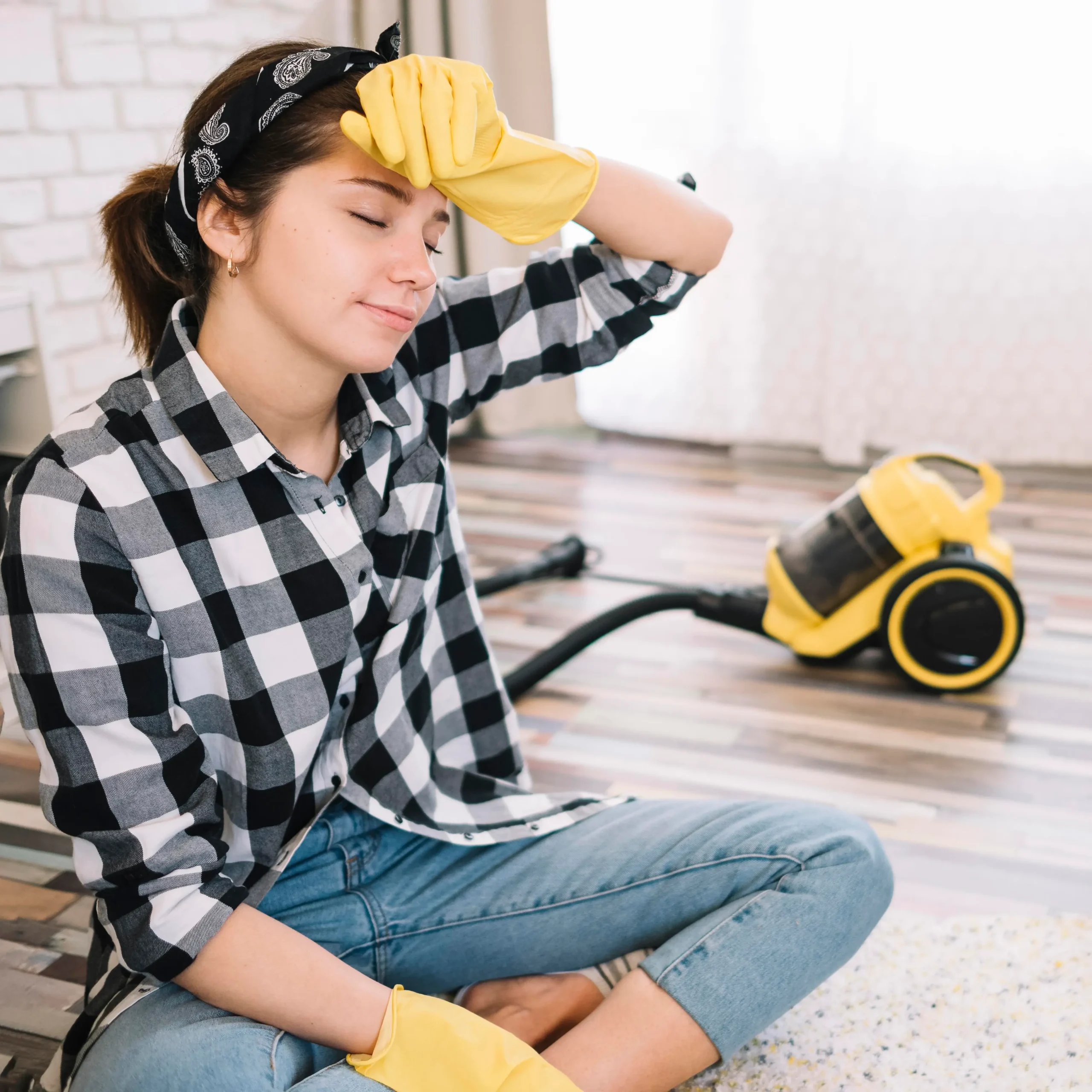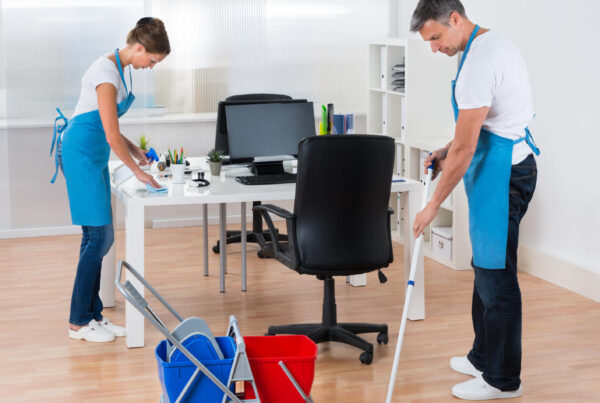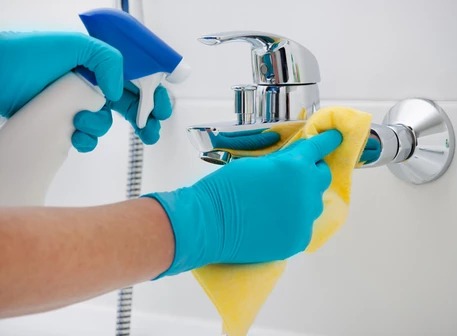Ever scrubbed your bathroom tiles with bleach, only to find mold creeping back within days? Or spent hours vacuuming your carpets, only to sneeze nonstop afterward? You might be falling victim to cleaning myths that seem logical but are secretly sabotaging your efforts.
The truth is, many “common sense” cleaning habits are rooted in outdated advice or misunderstandings about how germs, chemicals, and surfaces interact. In fact, the American Cleaning Institute reports that 72% of households use more cleaning product than needed, wasting money and leaving behind sticky residues. Worse, some practices—like dry-dusting or overusing bleach—can worsen allergies, damage surfaces, or even pollute indoor air.
But don’t panic! We’re here to debunk five persistent myths with science-backed fixes. By the end, you’ll not only save time and money—you’ll enjoy a healthier, fresher home. Let’s dive in.
Myth #1: More Soap = Cleaner Floors and Surfaces
The Belief: “If a little soap works, doubling it will make my floors twice as clean!”
Why It Backfires:
Soap molecules bind to dirt and grease, allowing water to rinse them away. But overusing soap creates a surfactant overload—a sticky film that traps grime instead of removing it. A 2021 study in Applied and Environmental Microbiology found that soap residue on surfaces can harbor bacteria like E. coli and Salmonella up to 7 days longer than properly rinsed areas.
Science-Backed Fixes:
- Dilution Is Key: Check your cleaner’s label. Most require just 1–2 teaspoons per gallon of water.
- Rinse, Rinse, Rinse: After mopping, wipe floors with a water-dampened mop or cloth to remove soapy residue.
- Test for Residue: Run a clean, dry white cloth over your floor. If it turns gray, you’ve got buildup.
Pro Tip: For tile or vinyl, swap soap with a vinegar-water mix (1:3 ratio) to cut grease without residue.
Myth #2: Bleach Is Always the Best Disinfectant
The Belief: “Bleach kills everything—why use anything else?”
Why It Backfires:
While bleach is effective against viruses and bacteria on non-porous surfaces (like toilets), it’s overkill—and risky—for everyday cleaning. The CDC notes that bleach loses potency after 24 hours when diluted, and improper use can:
- Damage wood, granite, and colored grout.
- Release toxic fumes when mixed with ammonia (found in glass cleaners) or vinegar.
- Irritate lungs, especially in poorly ventilated spaces.
Smart Alternatives:
- For Disinfecting: Use 70% isopropyl alcohol or hydrogen peroxide on countertops and doorknobs.
- For Mold: Apply undiluted white vinegar, let sit for 1 hour, then scrub.
- For Tough Stains: Opt for oxygenated bleach (sodium percarbonate), which is color-safe and eco-friendly.
Pro Tip: Never use bleach on food prep surfaces without a 10-minute rinse. Lingering traces can contaminate meals.
Myth #3: Dry-Dusting Removes Dust Effectively
The Belief: “A feather duster whisks away dust in seconds!”
Why It Backfires:
Dry-dusting sends allergens like pollen, pet dander, and dust mites airborne. According to the Asthma and Allergy Foundation of America, 60% of particles resettle within 30 minutes, worsening allergies and triggering asthma attacks.
Step-by-Step Fix:
- Dampen Your Tools: Use a microfiber cloth lightly sprayed with water or an electrostatic duster.
- Clean Top to Bottom: Start with ceiling fans, shelves, and light fixtures, then work downward to floors.
- Vacuum After Dusting: Use a HEPA-filter vacuum to capture escaped particles.
Pro Tip: Add 2–3 drops of essential oil (e.g., lemon or tea tree) to your damp cloth for a fresh scent and antimicrobial boost.
Myth #4: Vacuuming Alone Is Enough for Clean Carpets
The Belief: “I vacuum weekly—my carpets are spotless!”
Why It Backfires:
Vacuuming removes surface dirt but misses the 40% of debris embedded deep in fibers. The National Institute of Environmental Health Sciences warns that carpets can hold up to 200,000 bacteria per square inch, including fecal matter and mold spores.
Deep-Cleaning Strategies:
- Monthly: Sprinkle baking soda on carpets, let sit for 15 minutes, then vacuum to neutralize odors.
- Every 6 Months: Rent a steam cleaner or hire professionals to extract hidden grime.
- Spot Treatment: Blot spills with club soda and a white cloth—never rub, which pushes stains deeper.
Pro Tip: Place doormats at every entrance to reduce dirt tracked indoors by 80%.
Myth #5: One-Size-Fits-All Cleaners Work Everywhere
The Belief: “All-purpose cleaner is fine for my granite countertops and hardwood floors!”
Why It Backfires:
Different surfaces have unique pH needs. For example:
- Acidic Cleaners (Vinegar, Lemon): Etch marble and stone.
- Alkaline Cleaners (Bleach, Ammonia): Dull wood finishes.
- Abrasive Scrubs: Scratch stainless steel and glass.
Tailored Solutions:
| Surface | Ideal Cleaner |
| Granite | pH-neutral cleaner |
| Wood | Mild soap + water |
| Stainless Steel | Olive oil + water (for shine) |
| Glass | Rubbing alcohol + water |
Pro Tip: Always test a hidden area with new cleaners. If it streaks or discolors, switch products.
Conclusion
Let’s recap the myths and smarter swaps:
- Soap Overload → Dilute cleaners and rinse thoroughly.
- Bleach Overuse → Opt for targeted disinfectants like hydrogen peroxide.
- Dry-Dusting → Use damp microfiber cloths to trap allergens.
- Surface-Level Vacuuming → Deep clean carpets twice a year.
- Generic Cleaners → Match products to surfaces.
By ditching these myths, you’ll spend less time cleaning and enjoy a healthier home. For eco-friendly deep cleaning services in Kathmandu or expert tips on maintaining spotless spaces, visit Namaste Nepal Cleaning Service.
[/fsn_text][/fsn_column][/fsn_row]




